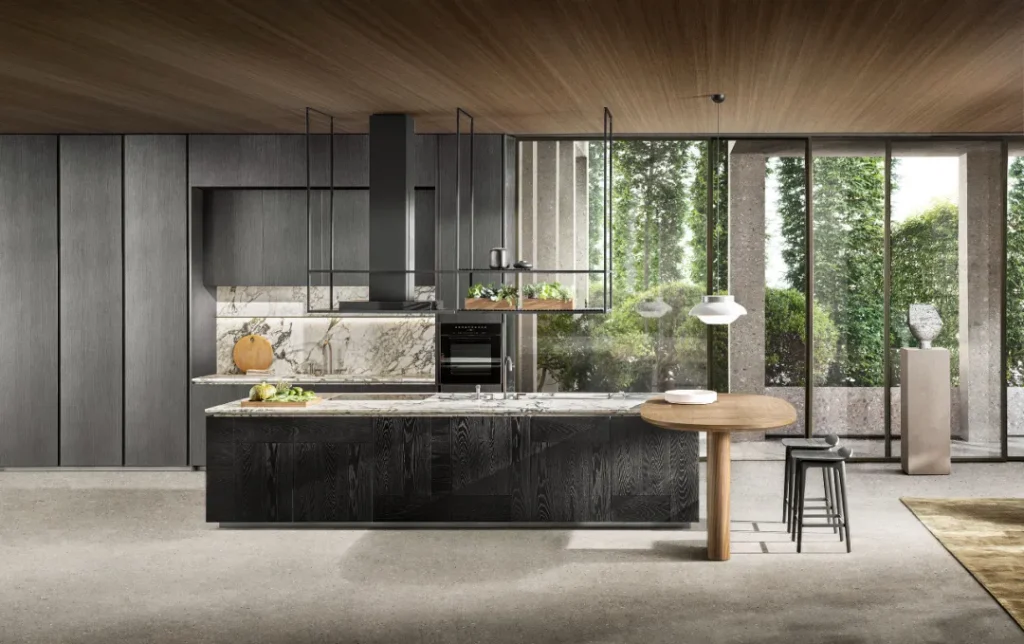Exploring the Tranquil Beauty of the Scandinavian Color Palette in Paint

Scandinavian interior design has long been admired for its minimalist and effortless style. One key aspect of this design philosophy is the use of a specific color palette, consisting of soft, muted hues that evoke a sense of tranquility and serenity. In this article, we will dive deeper into the Scandinavian color palette, exploring the different shades and how they can be used in paint to create a serene and simple atmosphere in your home.
The Key Colors of the Scandinavian Palette
The Scandinavian color palette is characterized by its neutral, earthy tones. Shades of white, gray, beige, and taupe are common, as are soft blues and greens. The color palette is often inspired by the natural landscape of Scandinavia, with shades that mirror the skies, seas, and forests of the region.
White
White is perhaps the most prominent color in the Scandinavian palette. Not just any white, but a crisp, bright white that reflects light and creates an airy feeling in a room. This white is often offset by touches of black or dark gray to create contrast and interest.
Gray
Gray is another staple of the Scandinavian color palette, ranging from light and soft to dark and dramatic. A mid-tone gray is often used as a base color for walls or furniture, while lighter and darker shades are used to create variation and interest.
Beige and Taupe
Beige and taupe are warm, earthy tones that bring a sense of coziness to a room. These colors are often used on larger surfaces like walls or floors, and are complemented by lighter shades of white and gray.
Soft Blues and Greens
Soft shades of blue and green are often used as accents in a room, bringing in a touch of nature and the outdoors. These colors can be found in textiles, accessories, and sometimes on walls or furniture.
How to Use the Scandinavian Palette in Paint
The Scandinavian color palette is popular not just in interior design, but also in paint. Whether you want to paint an entire room, a single wall, or just an accent piece of furniture, there are many ways to incorporate the colors of Scandinavia into your home.
Monochromatic
A monochromatic color scheme can be achieved by using different shades of the same color family. In the Scandinavian palette, this might mean painting a wall a pale shade of blue, and then using a darker shade of blue for an accent wall, and a lighter shade for accessories and textiles.
Contrasting
Contrasting colors can also work well in a Scandinavian-inspired room. A light gray wall might be complemented by a darker gray accent wall, while a white room can be brought to life with touches of black or dark green.
Textures and Finishes
The Scandinavian palette is not just about the color – it’s also about the texture and finish of the paint. A matte or flat finish can create a soft, soothing look, while a glossier finish can add drama and contrast.
The Benefits of a Scandinavian Color Palette
Using the Scandinavian color palette in paint has many benefits. By sticking to a neutral, muted color scheme, you can create a calming and serene atmosphere in your home. These colors are also easy to work with, as they complement a wide range of styles and aesthetics.
Additionally, the Scandinavian color palette is timeless and classic. By choosing a muted color scheme, you can create a long-lasting style that won’t go out of fashion anytime soon. These colors are also easy to accent with other colors or patterns, allowing you to update your decor over time while still maintaining the overall feel of your home.



